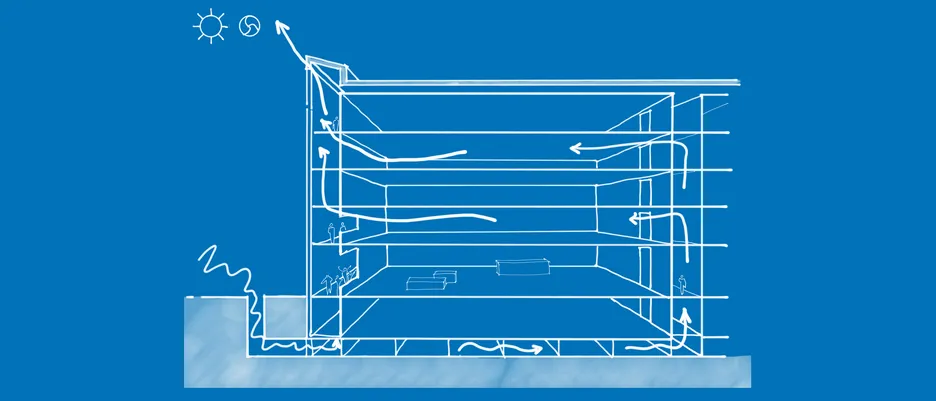
Potential Study on Low-Tech Building Concepts for Museum Storages Exemplified by a Central Storage Building for the `Deutsches Museum´ in Munich
Usually, only a certain part of a Museum's entire collection can permanently be shown in exhibition rooms. Many of the exhibits have to be kept in suitable storage facilities. For conservational reasons, there are specific requirements concerning the indoor climate (air temperature and relative humidity) of such storage spaces. In case of the ´Deutsches Museum´ in Munich, about 80 % of the total exhibit stock is stored in several provisional depots. Therefore, a large central storage building with optimized indoor conditions shall be realised. With regard to sustainability and to cost-effective operation, this building should be as energy-efficient as possible and its life cycle should be maximised by a robust design concept.
Within the framework of this research, possible implementation strategies for a passive, optimized building concept with no or with only a minimum of building technology (heating, cooling, ventilation, humidification and dehumidification) will be investigated. Therefore, appropriate architectural and technical concepts will be defined and evaluated with regard to their feasibility taking into account respective advantages and disadvantages.
The research findings exemplified by the central depot for the ´Deutsches Museum´ are supposed to be generally applicable for the design of future museum storages and to serve as a guidance for their realisation. Furthermore, even a partial applicability for museum buildings themselves is expected.